Han Nom documents contain a wealth of valuable information, "encoding" many beautiful aspects of Vietnamese culture throughout 10 centuries (from the 10th century to the 20th century). Our ancestors used to record history, compose poems, write prose, record about soil, medicinal herbs... in Han Nom. In particular, many Han Nom documents of feudal kings recorded Vietnam's sovereignty over the two archipelagos of Hoang Sa and Truong Sa, which are especially important documents...
Many historical researchers have agreed that Han Nom documents should be considered an unofficial history of the nation, still retaining their value in providing knowledge to Vietnamese people today.
The Institute of Social Science Information (Vietnam Academy of Social Sciences) is currently storing 7,029 Han Nom documents, most of which are unique and very valuable.
The Han Nom Institute in Hanoi is also preserving about 35,000 books and nearly 60,000 stone inscriptions, which play a very important role in the research and preservation of cultural heritage.
Han Nom documents are still scattered in many other cultural institutions, such as libraries, temples, pagodas, shrines...
However, the storage, preservation and promotion of the national cultural heritage are still facing many difficulties. First of all, the number of experts in Han Nom is decreasing. For a long time, training has been neglected, so the number of cultural experts who know and use Han Nom is not much. Due to the time factor, many Han Nom documents are at risk of being damaged, blurred and lost, which is very regrettable.
Paying attention to the issue of preserving Han Nom documents through the application of new technology is a necessary task that cannot be delayed.
Recently, at Sui Pagoda (Dai Duong Sung Phuc Tu - Hanoi), a group of young researchers proficient in technology digitized more than 8,000 Han Nom documents related to Buddhism including scriptures, royal decrees, inscriptions, steles... The group also implemented the "Sacred Place" project to build a digital library rich in data such as photos, 360-degree videos, 3D drawings of more than 2,000 pagodas.
The General Library in Hue City has also digitized 5,300 Han Nom documents...
Some experts and researchers have also quietly joined in.
For example, Professor, Dr. Ngo Thanh Nhan, lecturer at New York University (USA), member of the Central Executive Committee of the Patriotic Overseas Vietnamese Association in the US, in addition to translating Ho Xuan Huong's Han Nom poetry into English, has actively built a pure Nom character encoding table, developed projects for students in Vietnam and the US such as: font drawing project, Nom character encoding, popularizing the Nom character repository for Nom scholars to use for free, and developing the use of the Nom character network.
Associate Professor, Dr. Dinh Dien, Director of the Center for Computational Linguistics, University of Natural Sciences (Ho Chi Minh City National University) after 20 years of research, has completed the dedicated work "Application of translating Han Nom into Vietnamese script based on artificial intelligence (AI) technology". This application helps people to access and understand Han Nom documents easily.
Although there have been encouraging signs, the preservation of Han Nom documents still needs more and more timely attention. The State needs to have active policies to support and encourage Nom experts, award scholarships to Nom students and train qualified doctors to take over and promote the value of documents left by our ancestors.
Recently, the Institute of Social Science Information (Vietnam Academy of Social Sciences) organized an international scientific conference "Han-Nom documents: Collection, preservation, research and exploitation" to evaluate the potential and seek cooperation and connection between agencies and organizations in Vietnam and around the world that are preserving Han-Nom databases and documents. Experts assessed that international cooperation activities will help exploit and promote this valuable document repository more and more effectively. Using technology applications to spread heritage values to the community and the world is a contribution to enriching the cultural capital of the nation.
Source: https://nhandan.vn/tu-lieu-han-nom-nen-duoc-xem-nhu-mot-bo-su-khong-chinh-thuc-cua-dan-toc-post878675.html







![[Photo] General Secretary To Lam and National Assembly Chairman Tran Thanh Man attend the 80th Anniversary of the Traditional Day of the Vietnamese Inspection Sector](https://vphoto.vietnam.vn/thumb/1200x675/vietnam/resource/IMAGE/2025/11/17/1763356362984_a2-bnd-7940-3561-jpg.webp)
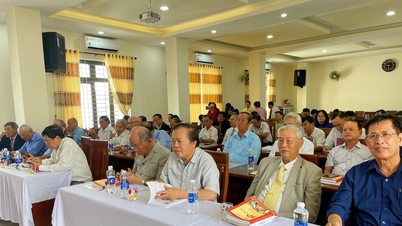



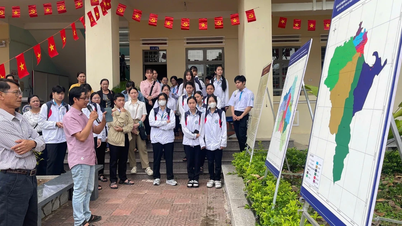

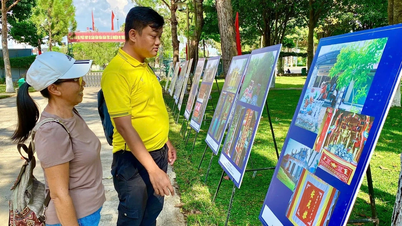
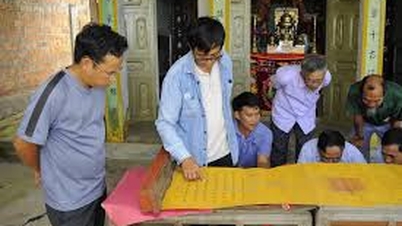


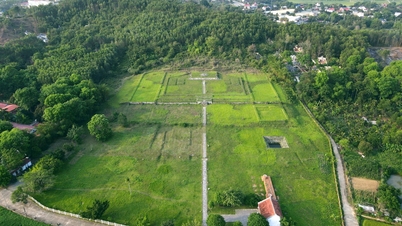





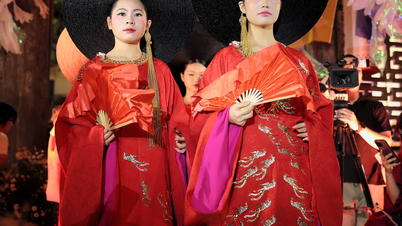



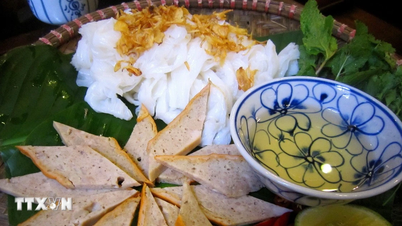





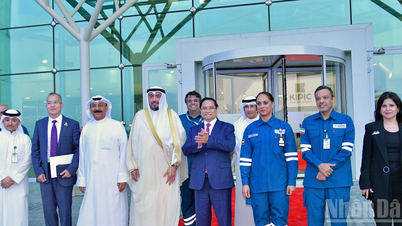
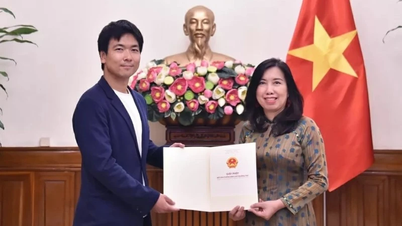
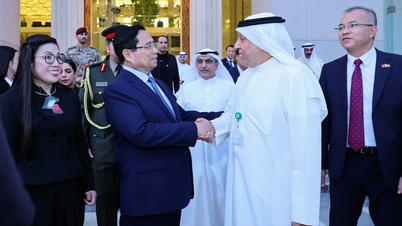
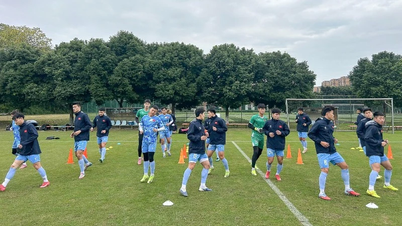


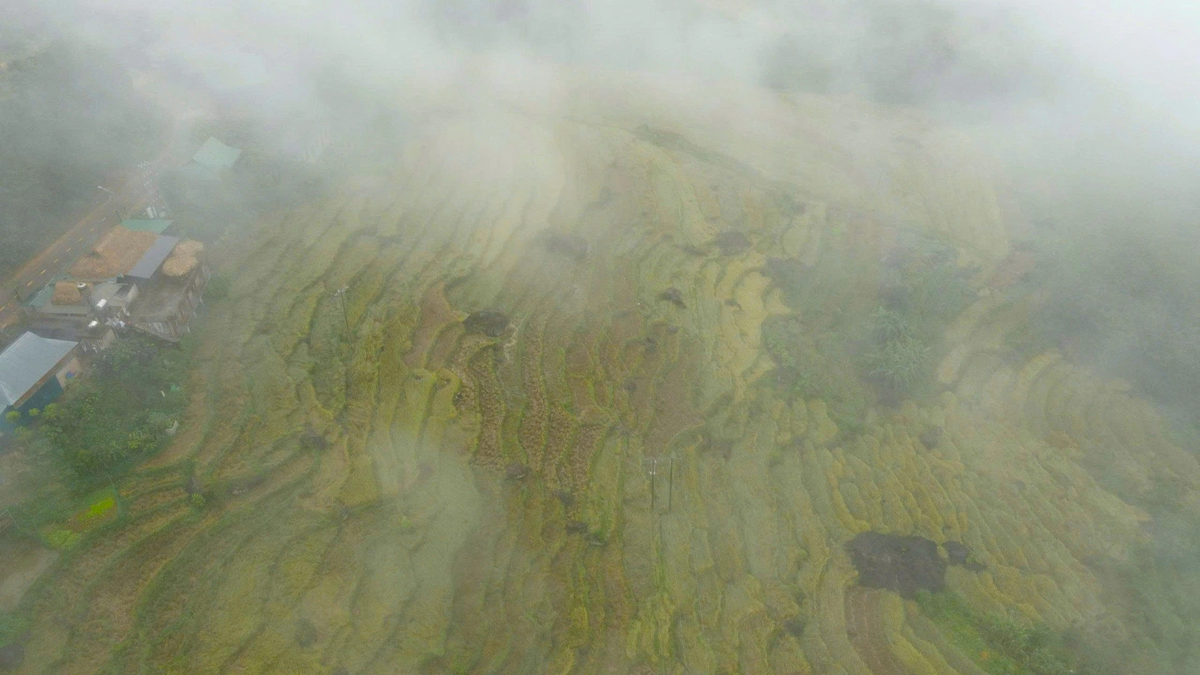
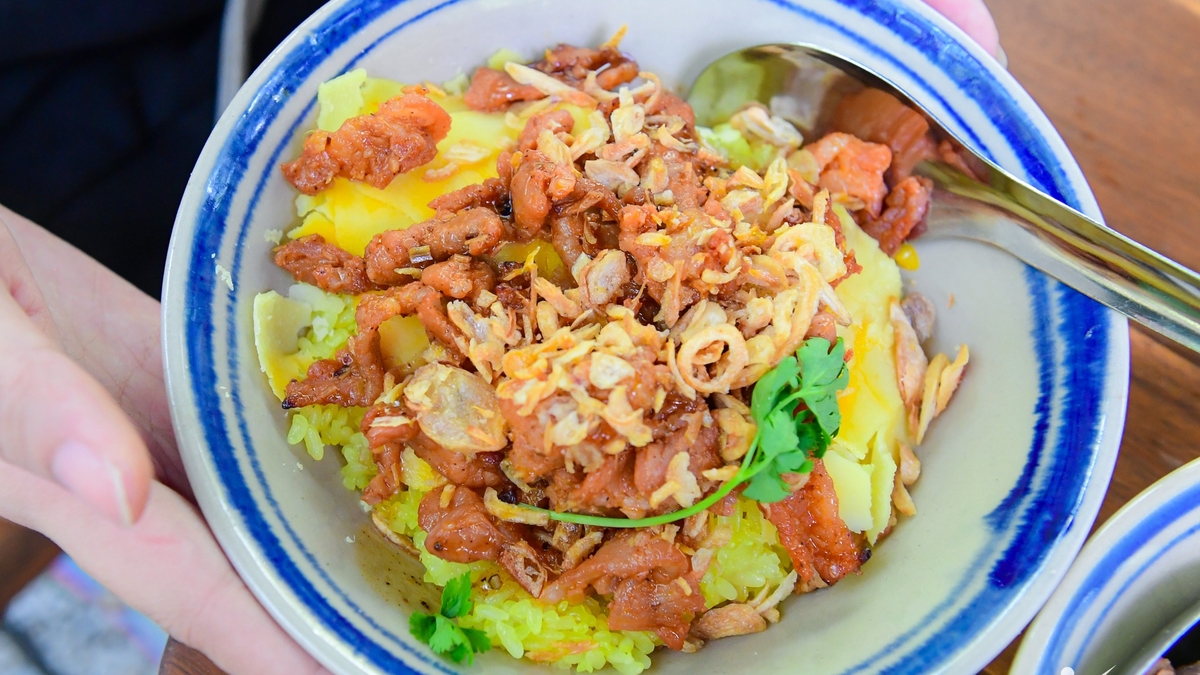



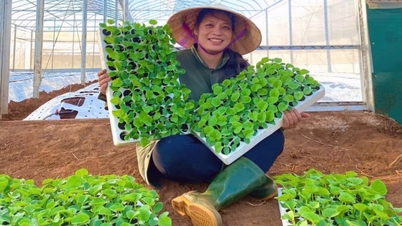

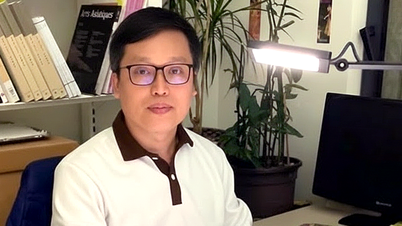



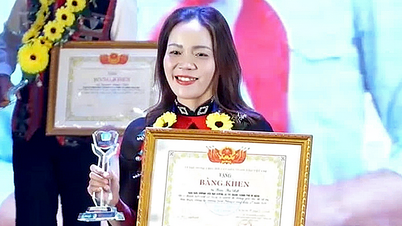

















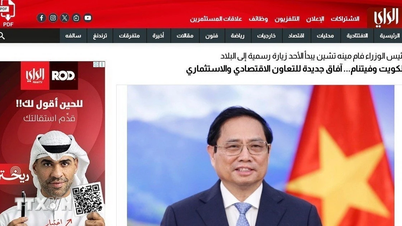





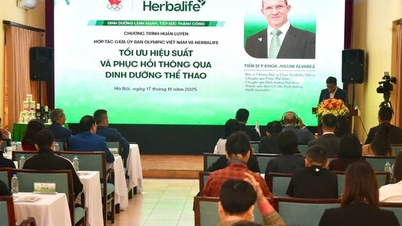


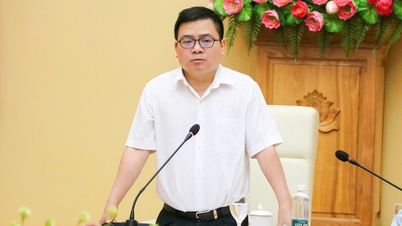





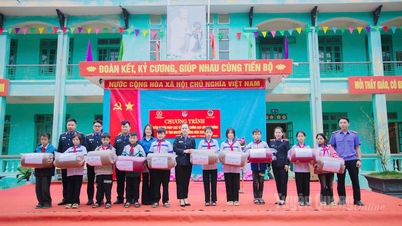

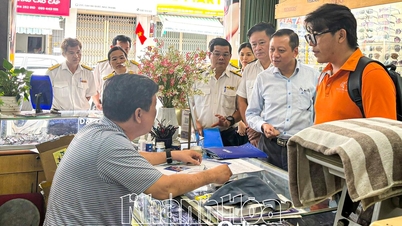


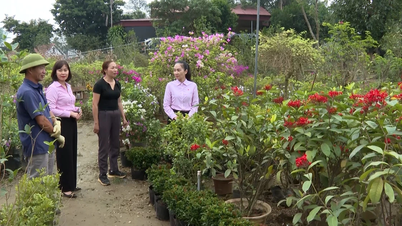


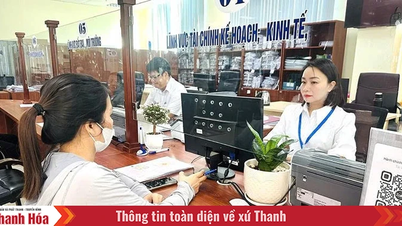

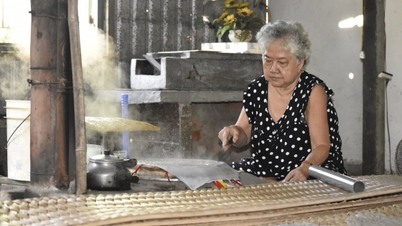

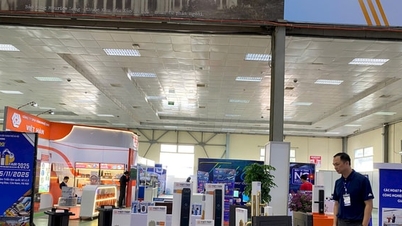
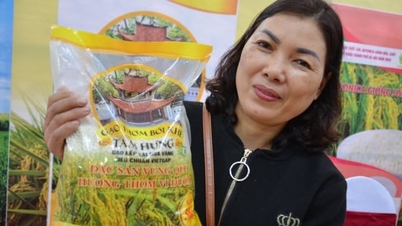


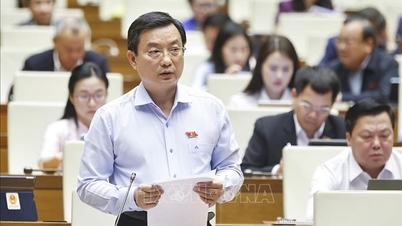




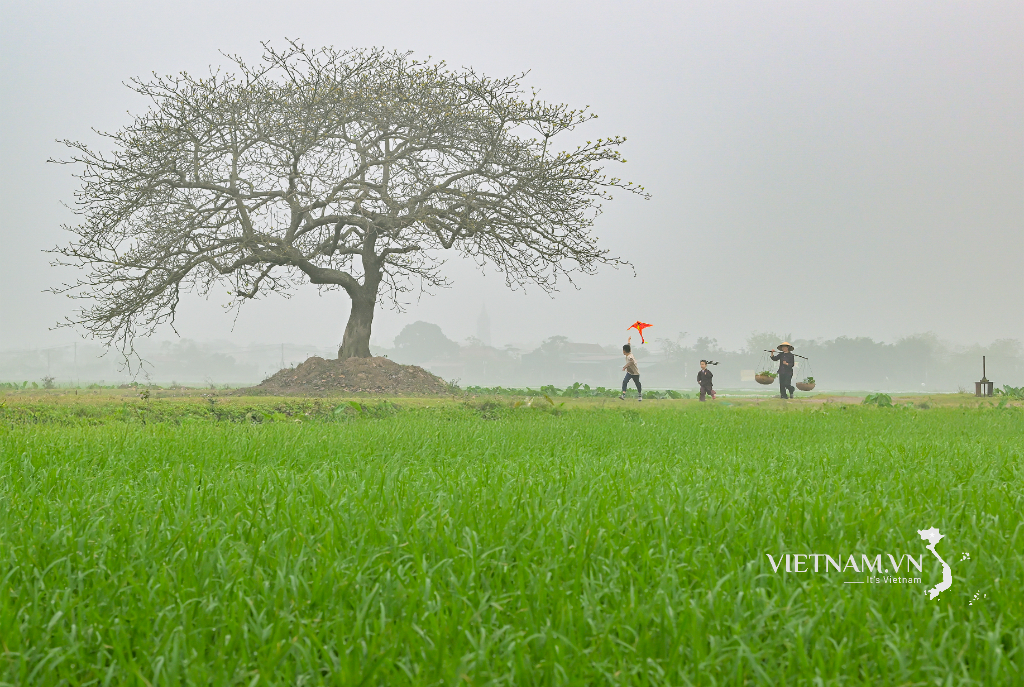
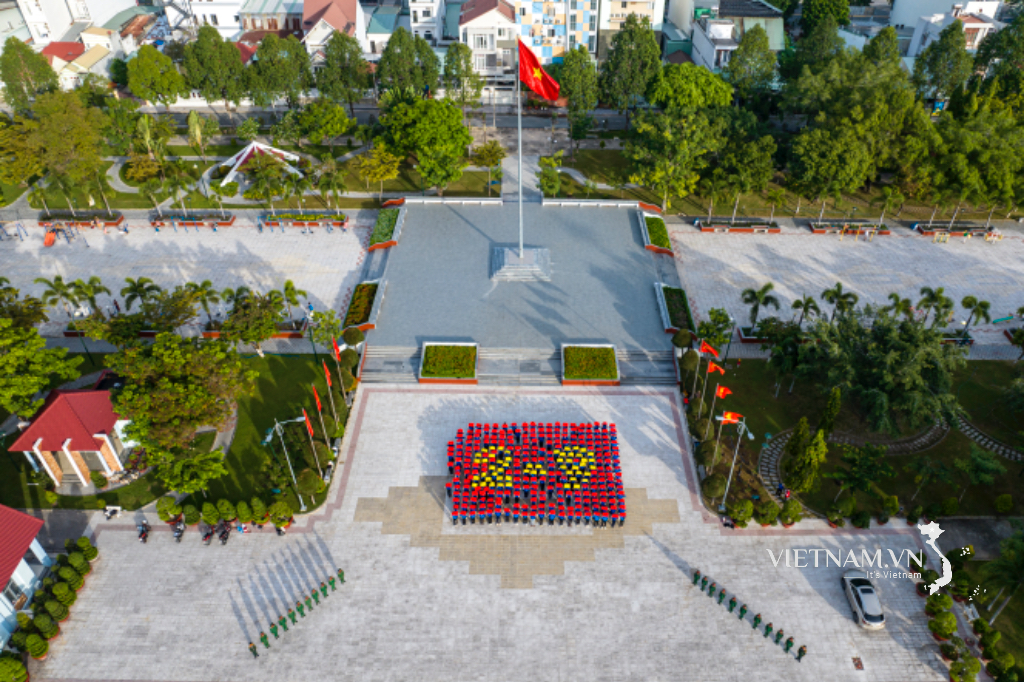
Comment (0)